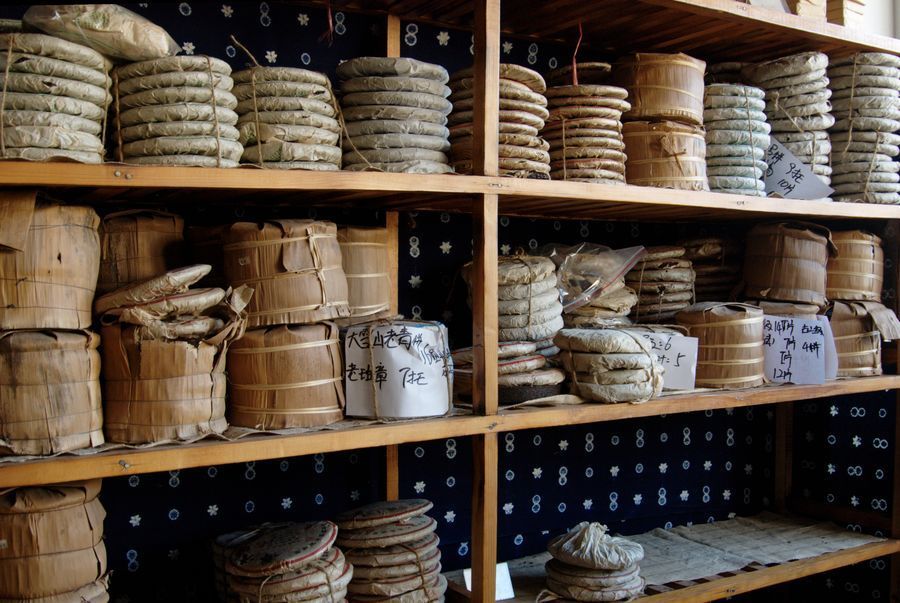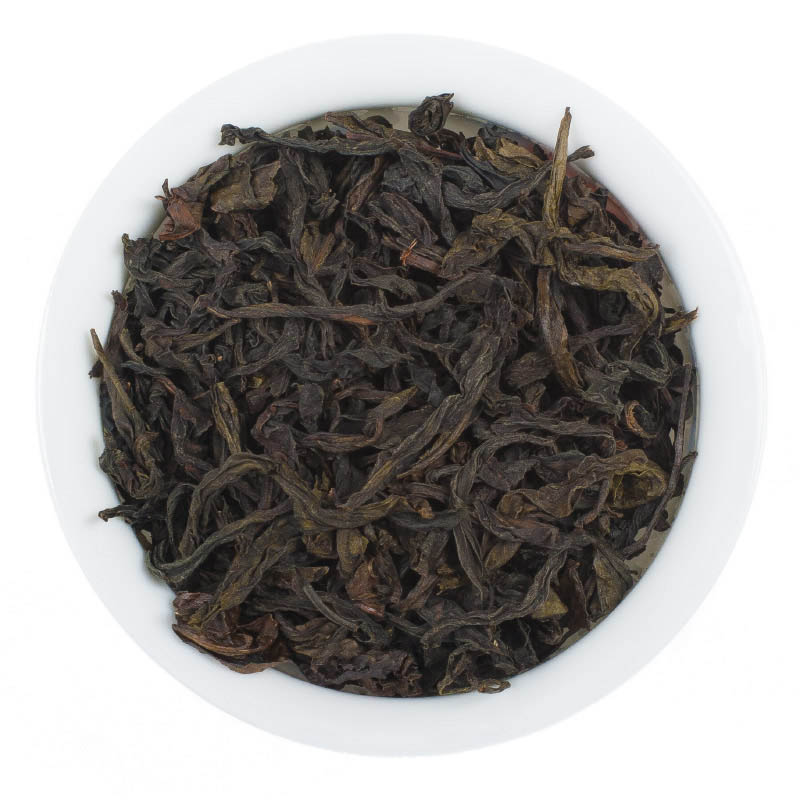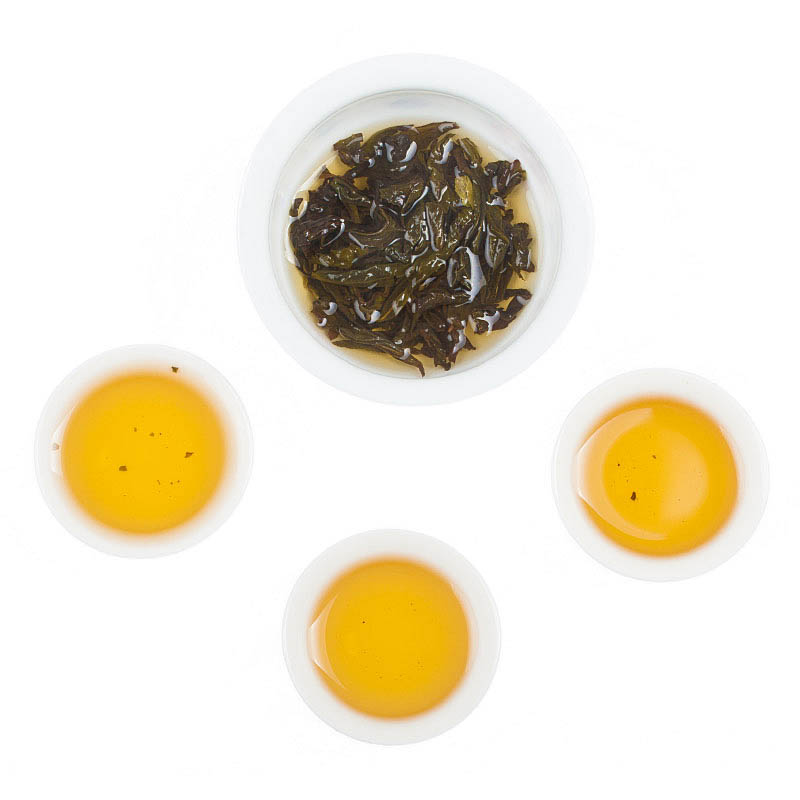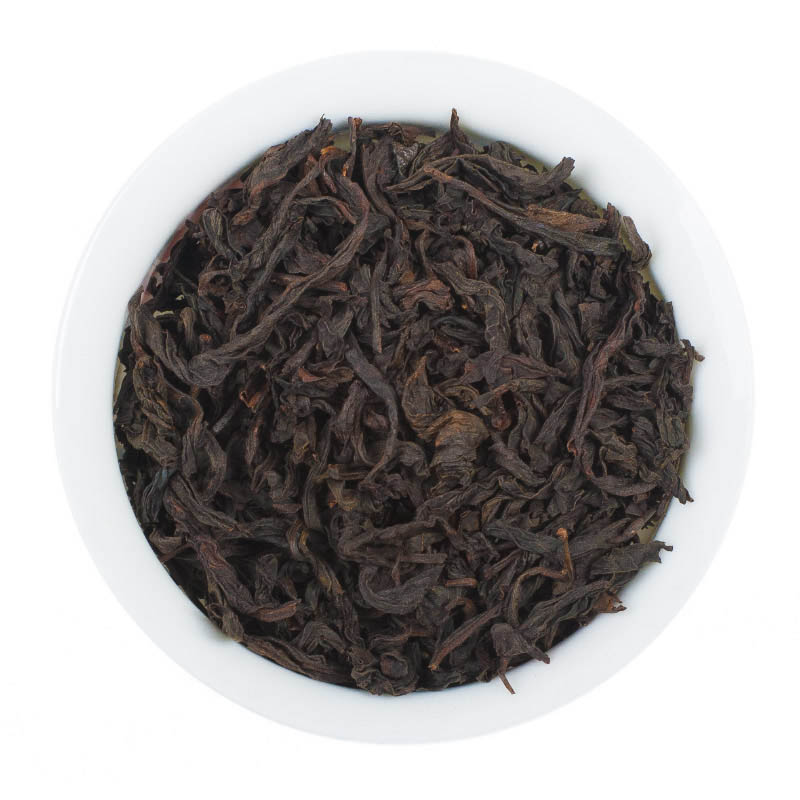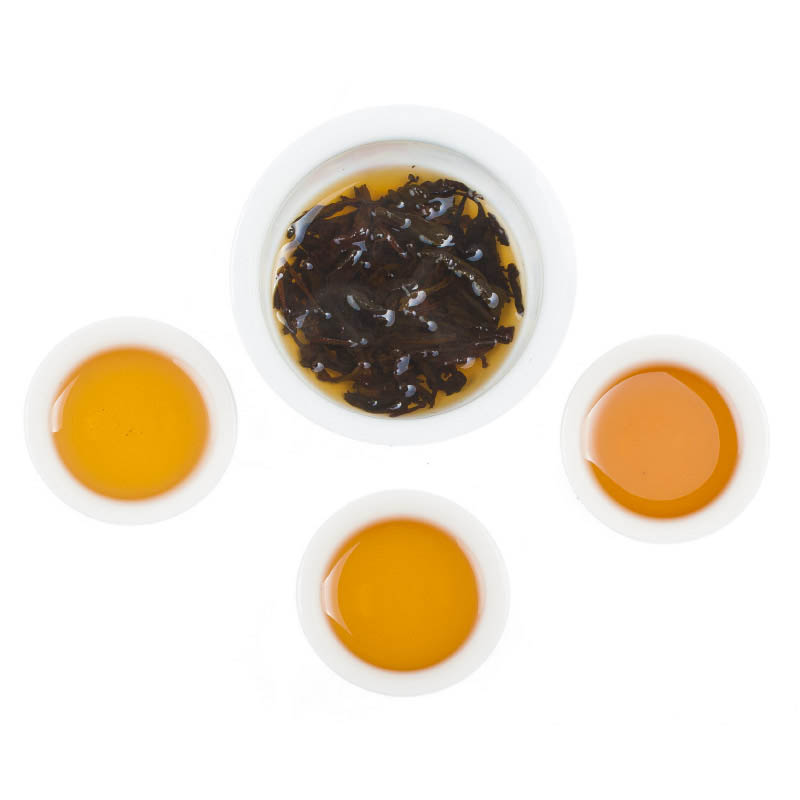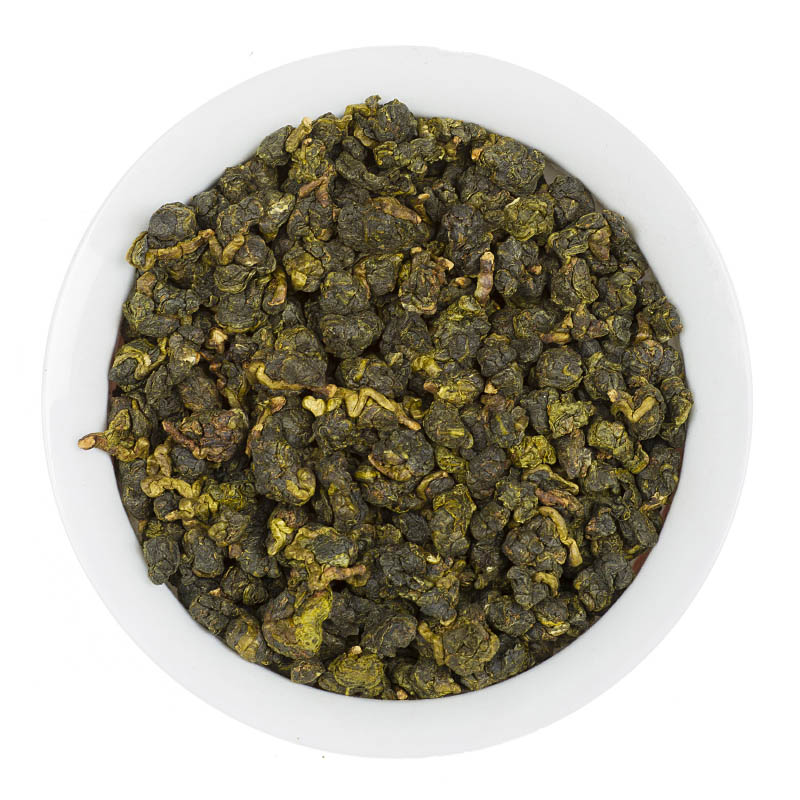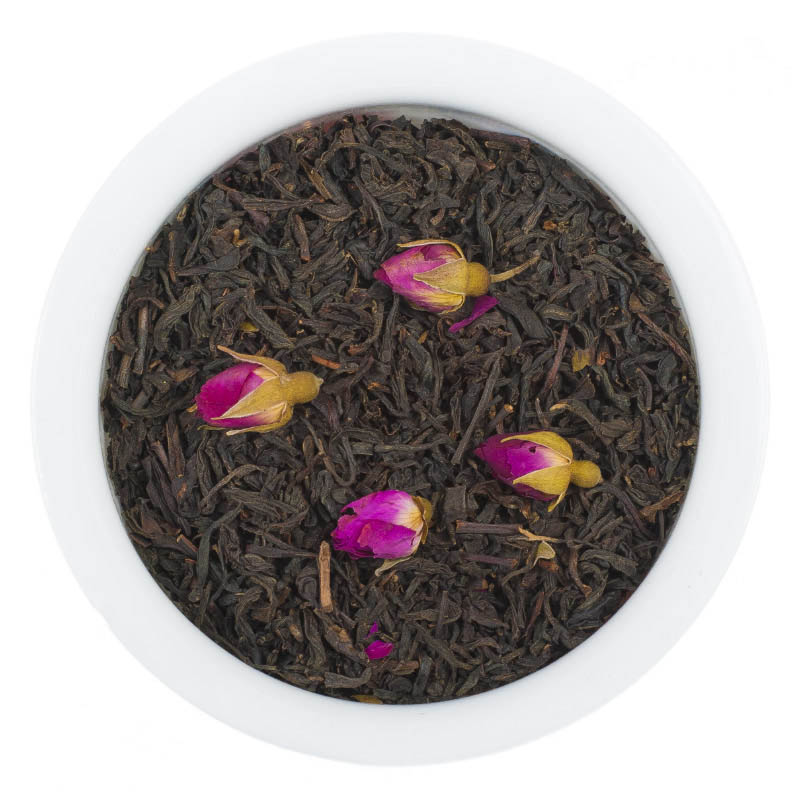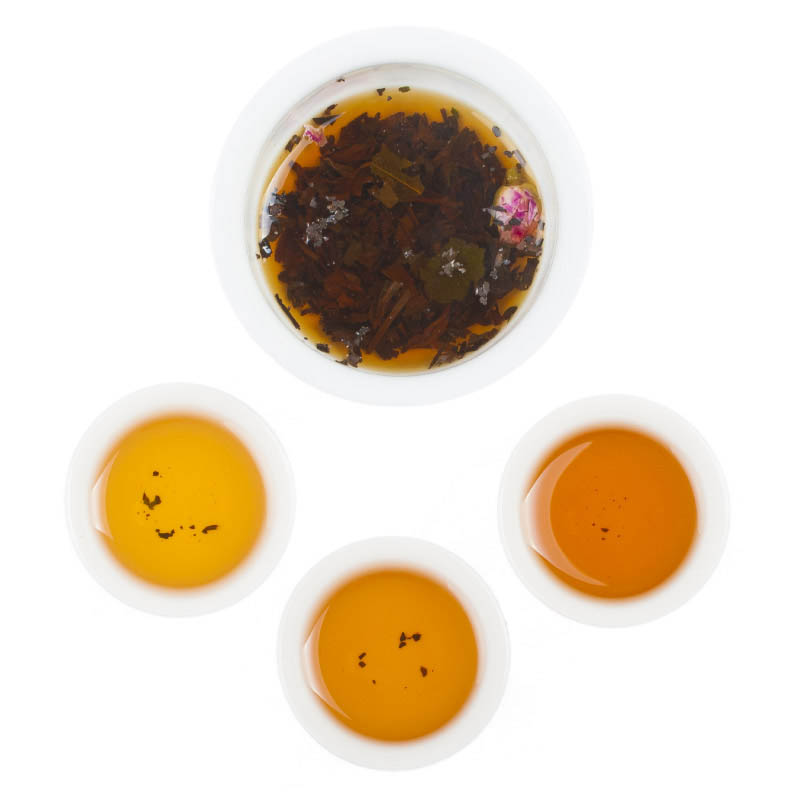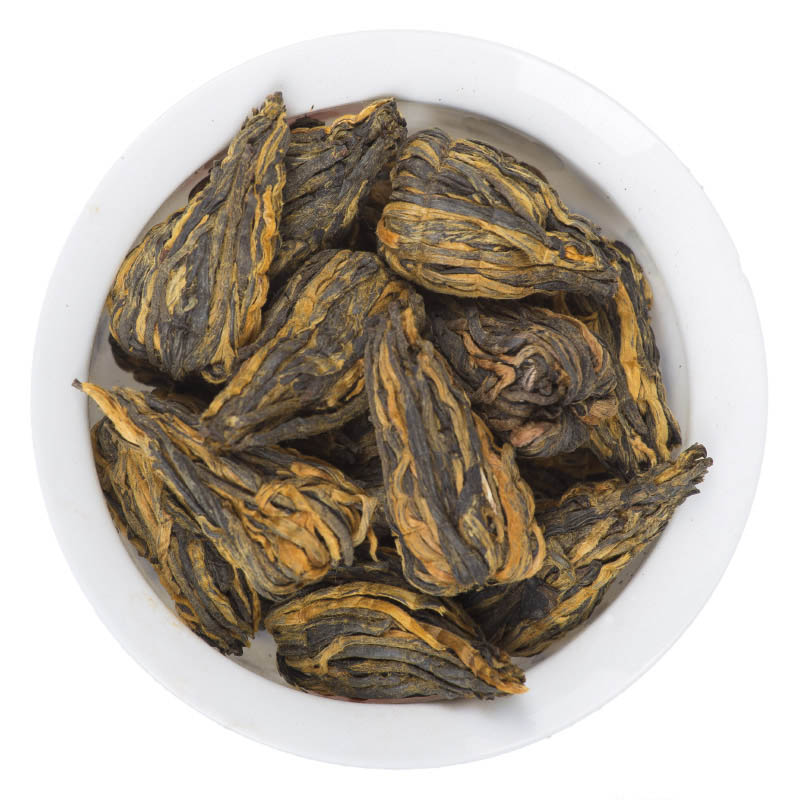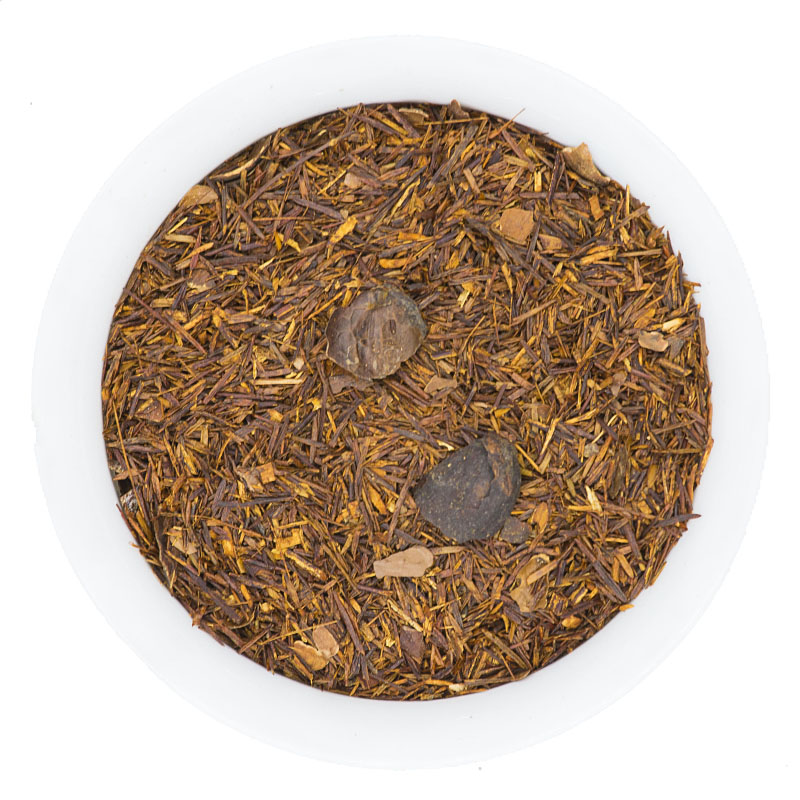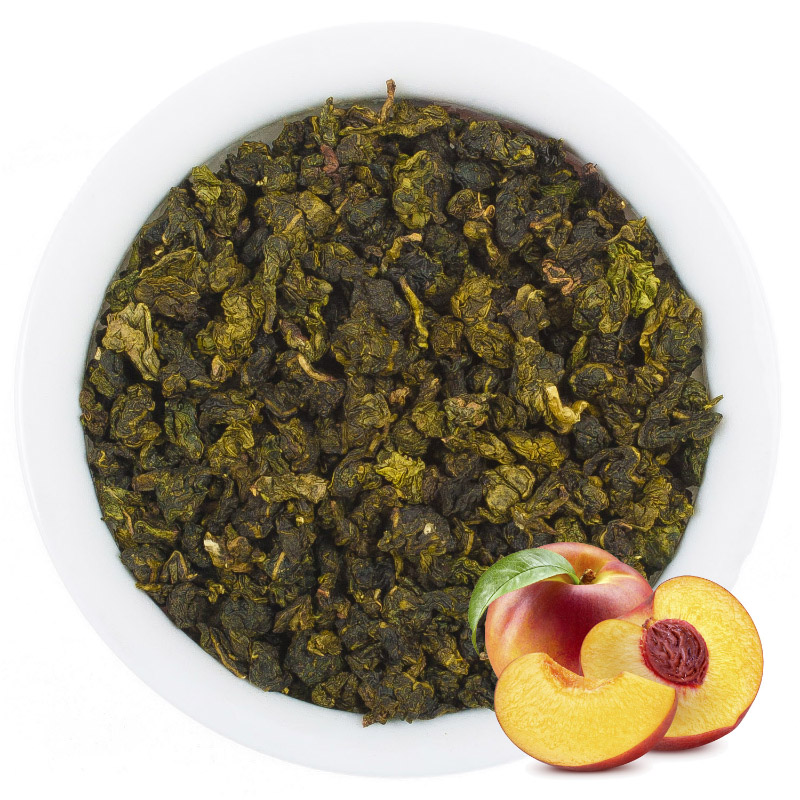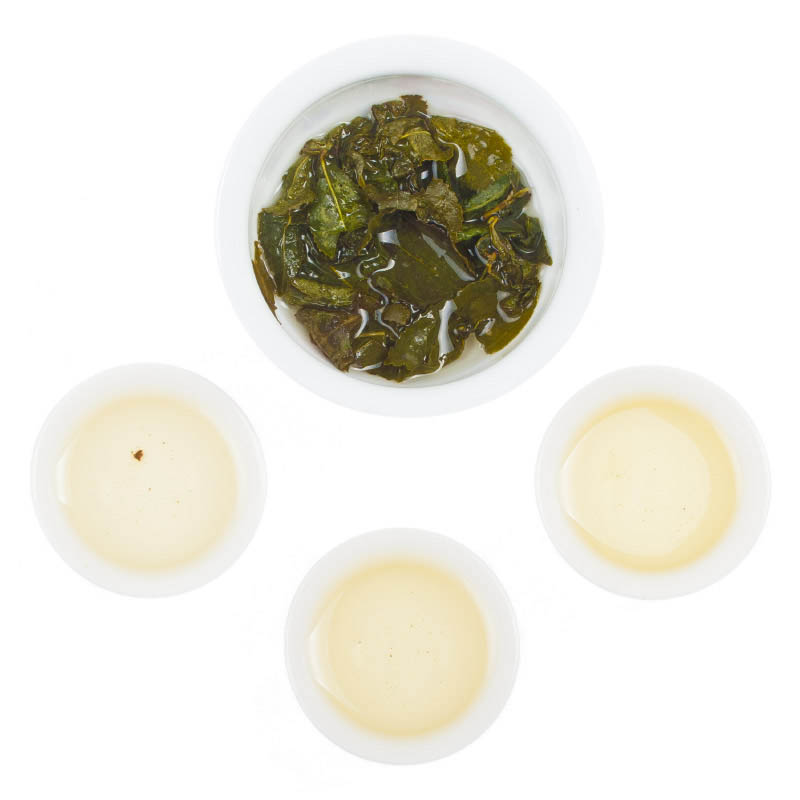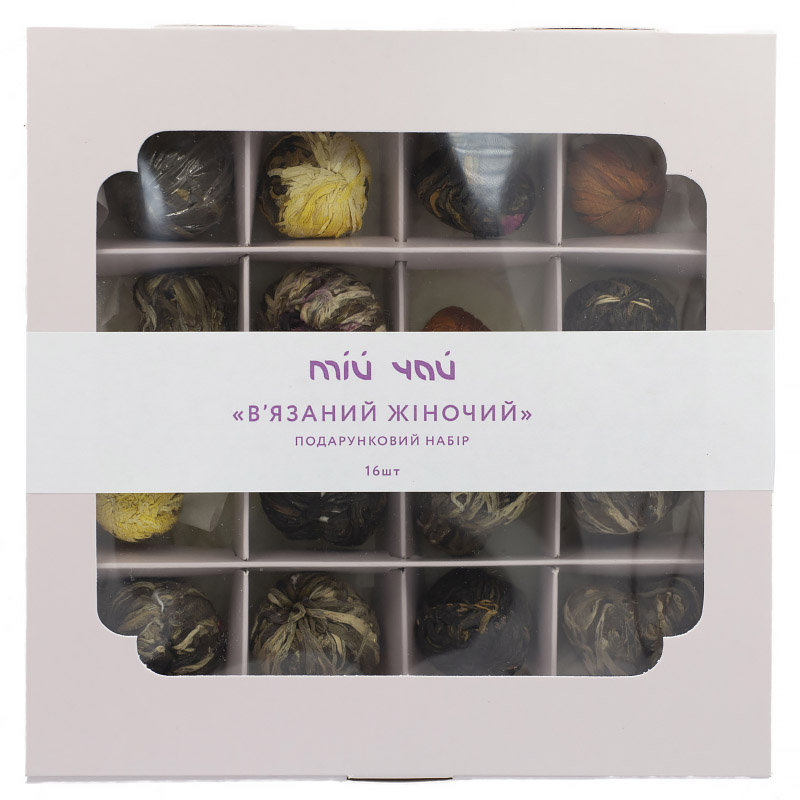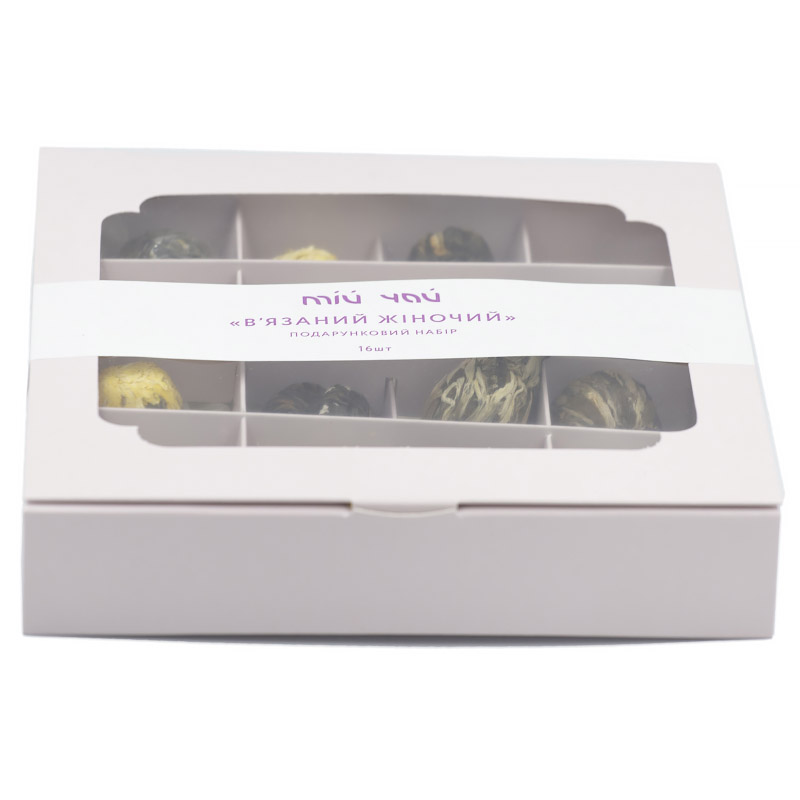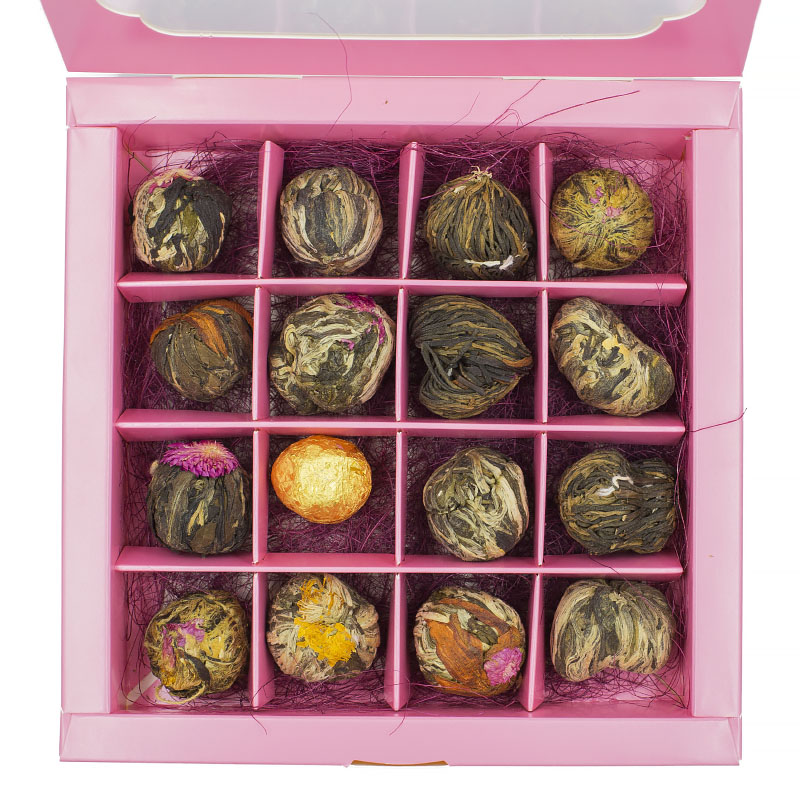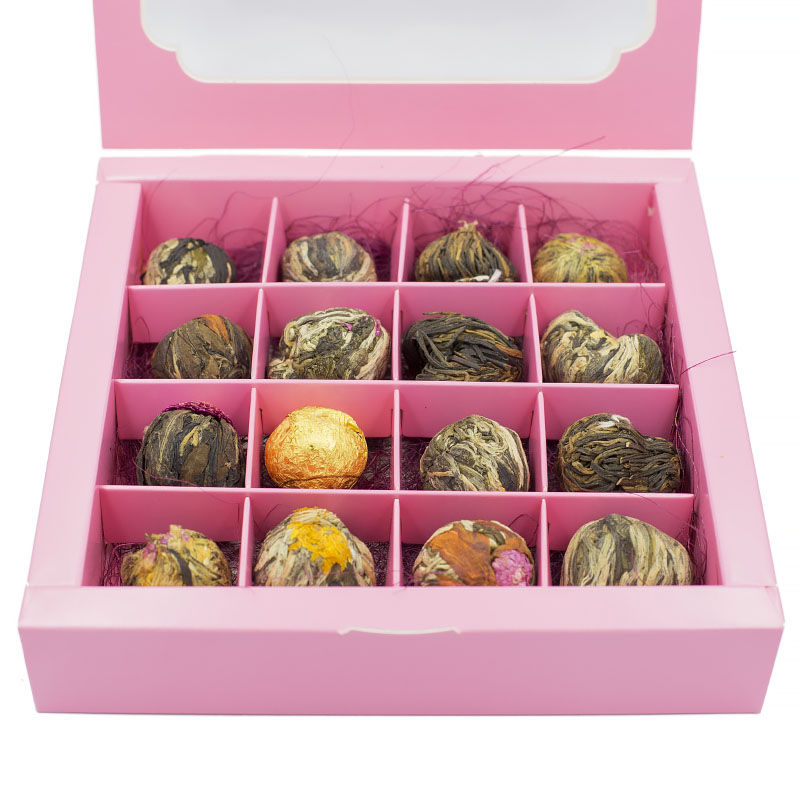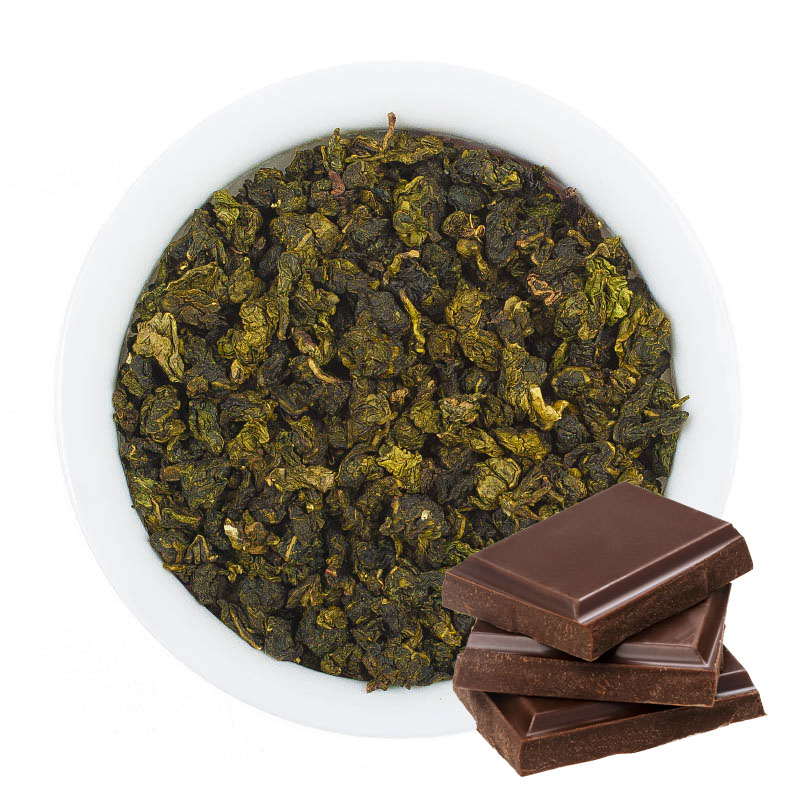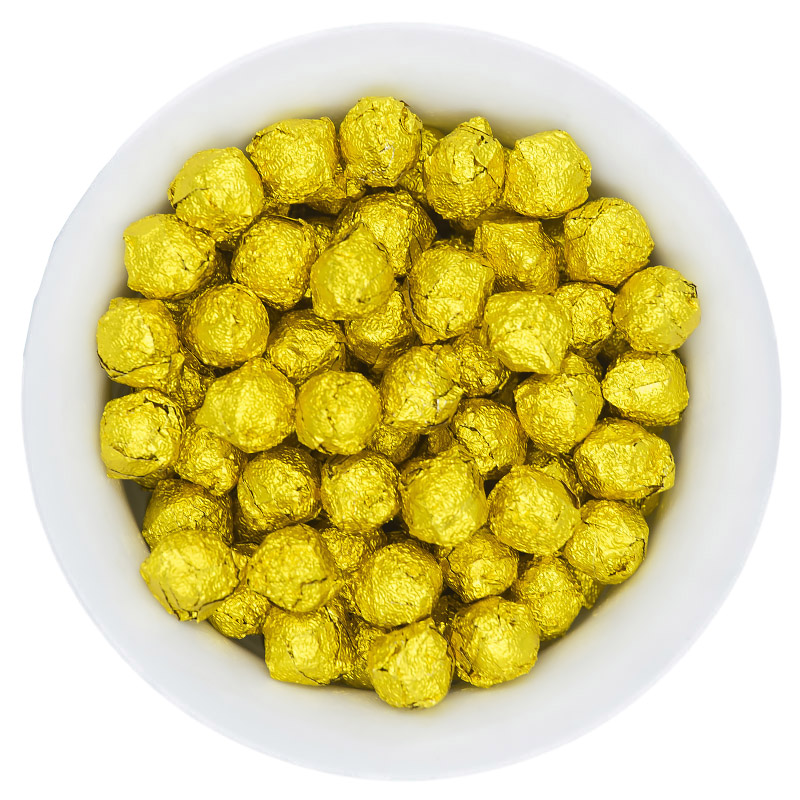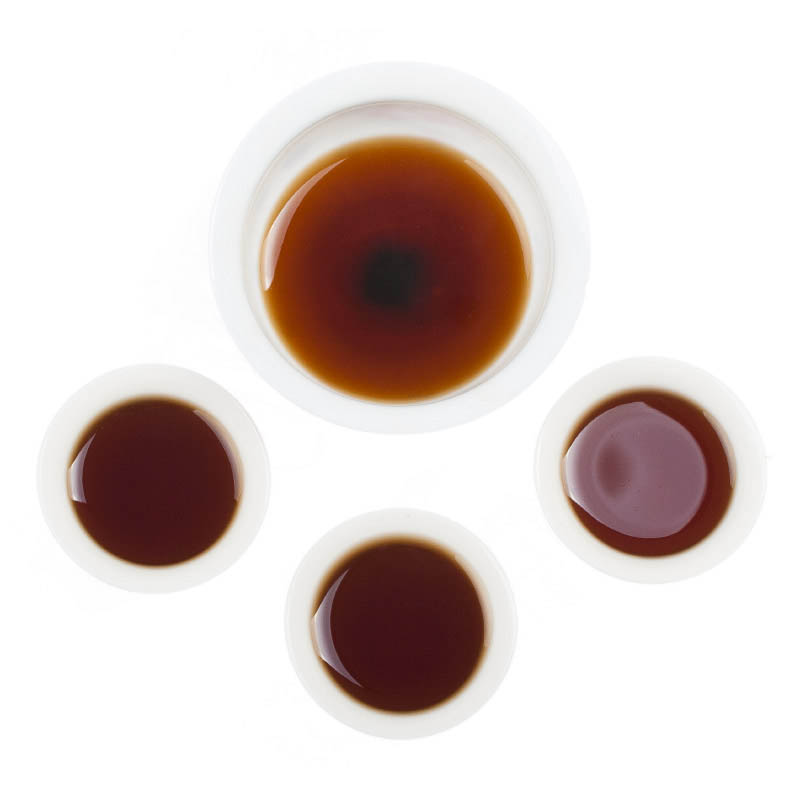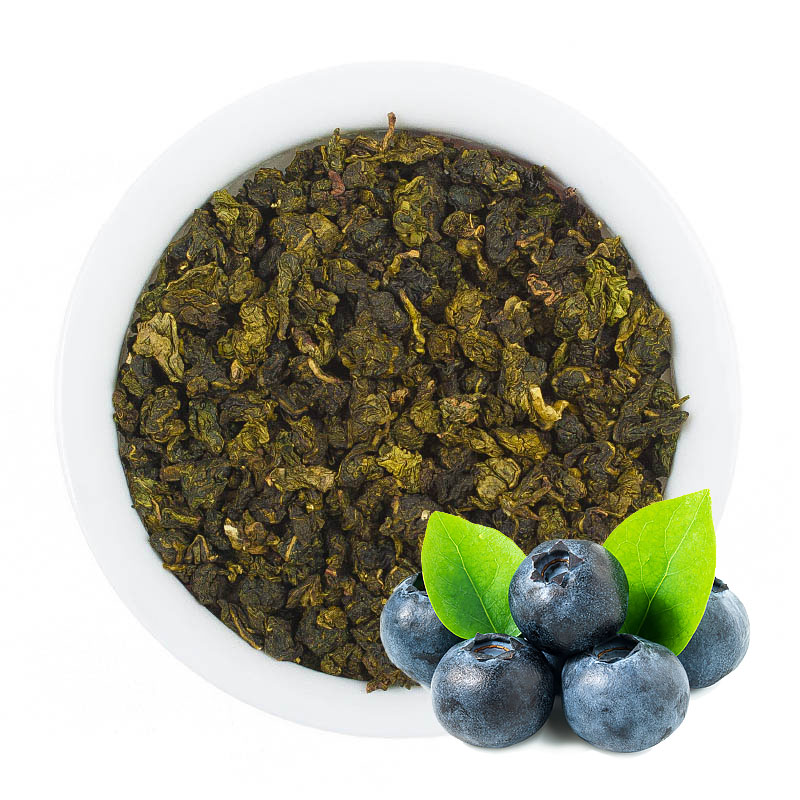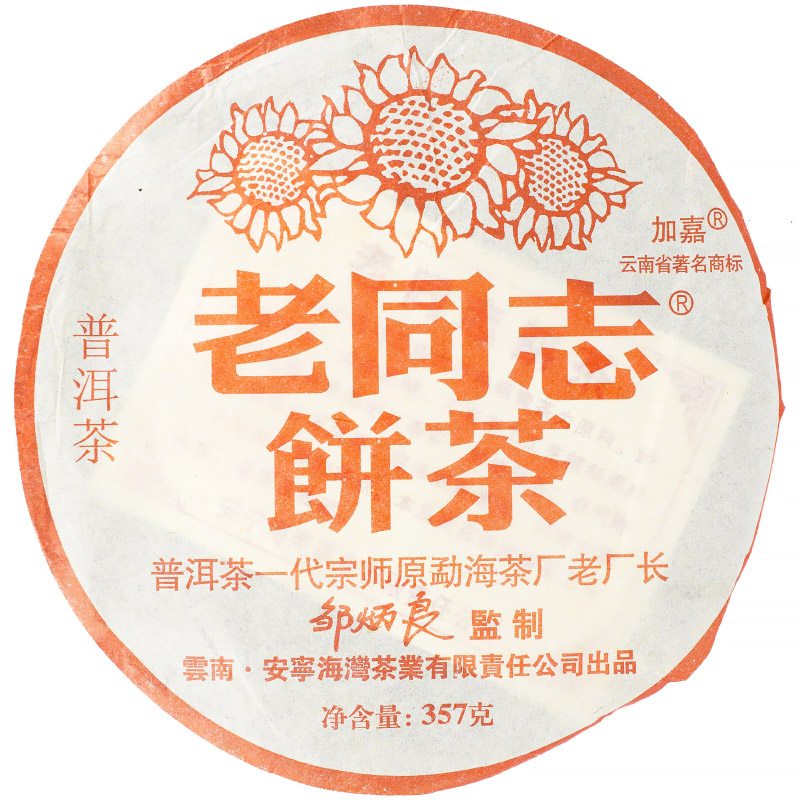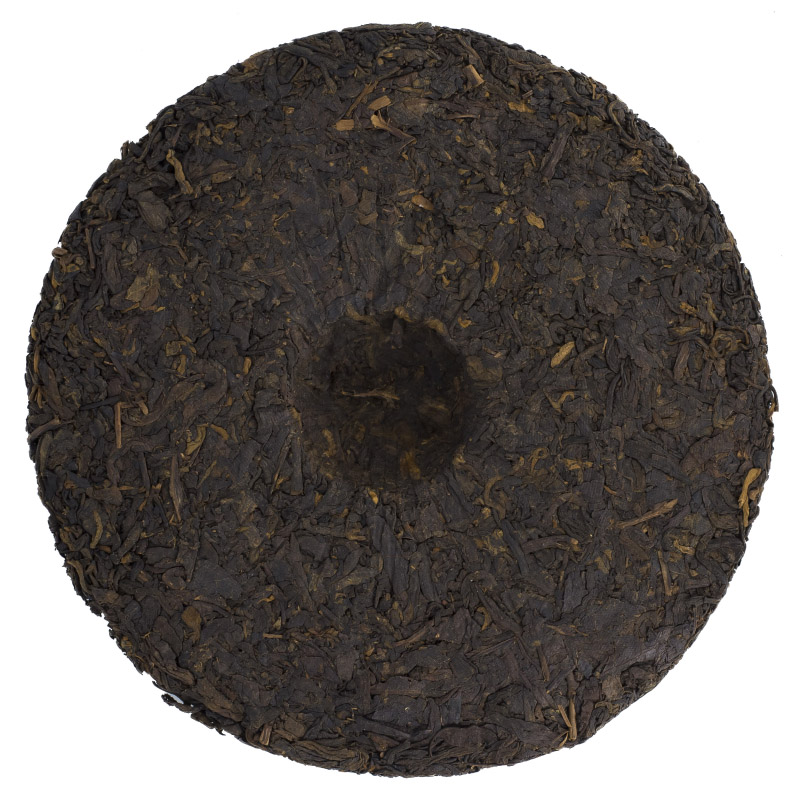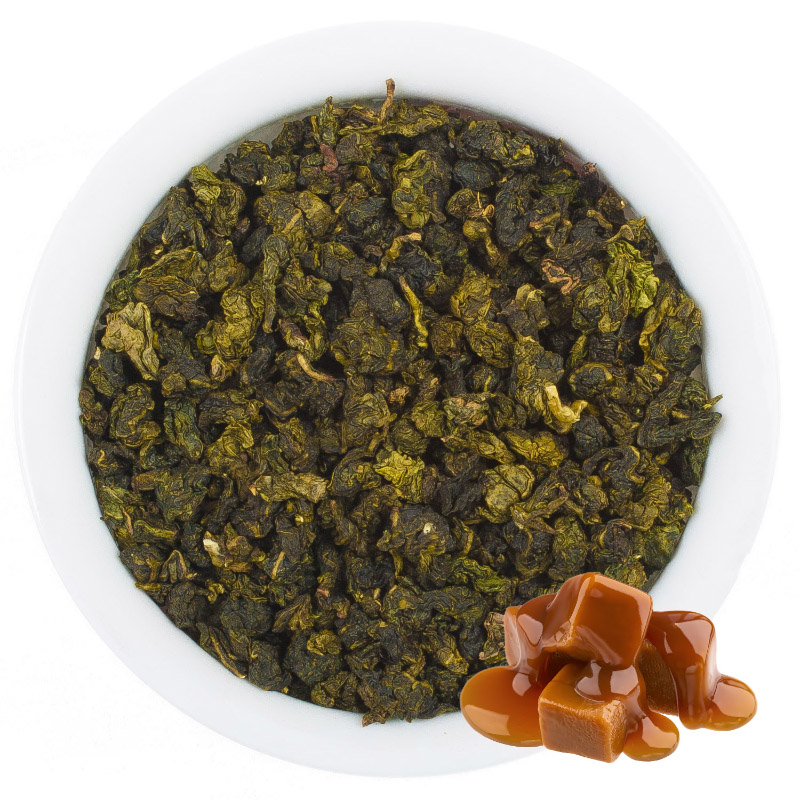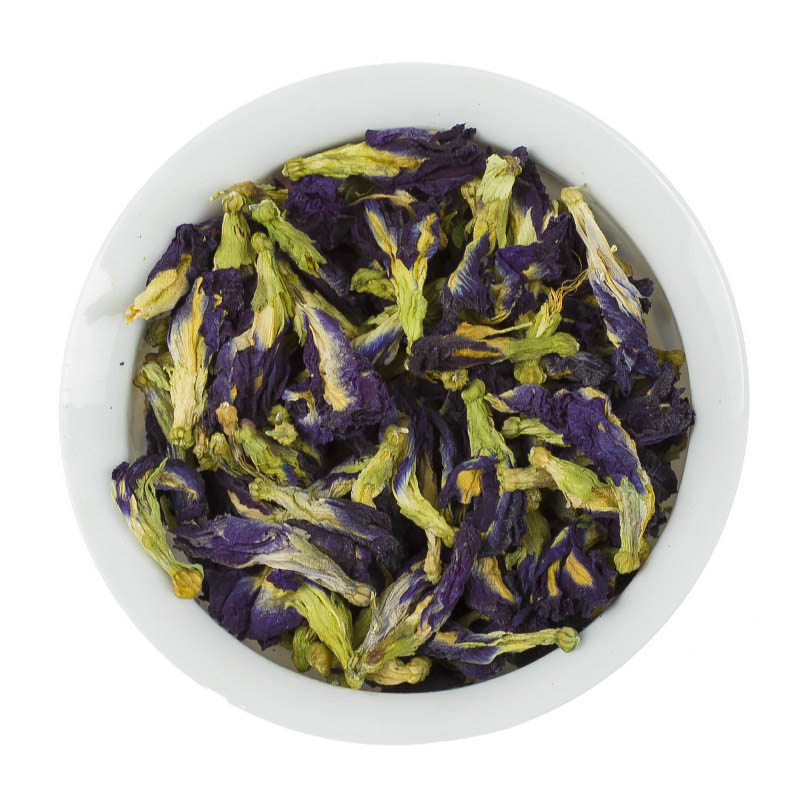Many articles have been written about how to properly choose, brew and drink tea. But for some reason, very few people ask themselves what the storage conditions for dry tea should be. We decided to fill this gap in your knowledge and today we will talk about how to properly store Chinese tea.
Green and yellow tea and some white teas
Every Chinese knows that green and yellow teas see the sun 3 times in their lives. The first time is during tea production, the second is when the buyer chooses the desired variety, and the third is immediately before brewing.
All the time, tea leaves are stored in a refrigerator or freezer (the optimal storage temperature for teas is minus 18 degrees). You can't store tea next to products with a strong smell - fish, meat, sausages. Tea packaging should be airtight (like gold bags) or have a ZIP-lock.
If you bought tea in a regular store or it was poured from a can, I can "please" you - it's no longer tea, but something completely different. And even proper storage won't help - the taste and aroma are irretrievably lost.
Oolongs
You know that oolongs come in two types - dark and light. Light oolongs (Tie Guan Yin, Milk Oolong) are stored in the same conditions as green tea - in the refrigerator and in airtight packaging. But for dark oolongs - Da Hong Pao, - room temperature and a dry room are suitable.
White (mostly a number of species), red and black teas
These types of tea are the most demanding. Having packed the leaves in special tea bags, put the tea in a regular cupboard in the kitchen. Under such neutral conditions, the tea will not spoil and will retain its taste and aroma.
A few words need to be said about the container in which the tea will be stored. Storage bags should be airtight, without foreign odors and maintain a vacuum for a long time. After opening the bag, the tea must be consumed within a month, otherwise it will lose its taste and aroma. Unopened bags can be stored for no more than 6 months.
Pu'er
This type of tea can be stored in any room and at almost any temperature, just watch the humidity. If the room where the pu'er is located is very humid, the pancake may become moldy or rot. Dry rooms are better, because it is very easy to soften pressed tea - just hold it over steam for a short time.
So, let's make a quick summary:
1. Green and yellow teas and some white teas - in the freezer.2. Light oolongs - in the freezer.
3. Dark oolongs - in the kitchen cupboard.
4. White, black and red teas - at room temperature and moderate humidity.
5. Pu'er - in rooms with low humidity.
If you follow our recommendations and store your tea correctly, its taste and aroma will delight your loved ones and you for many more days and weeks.
